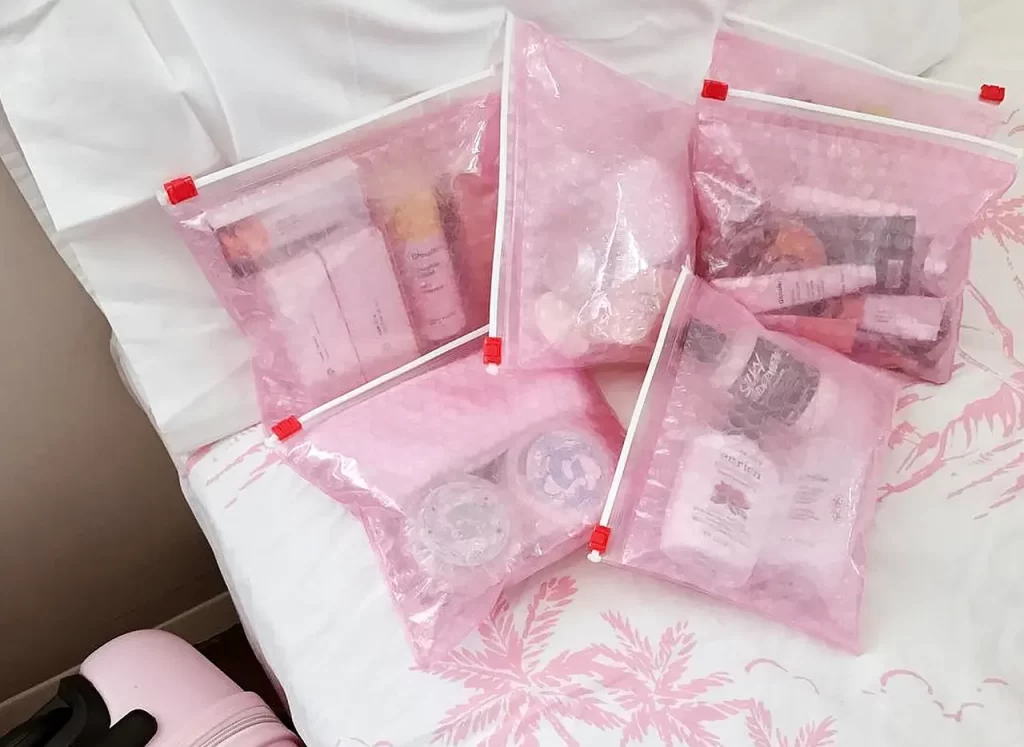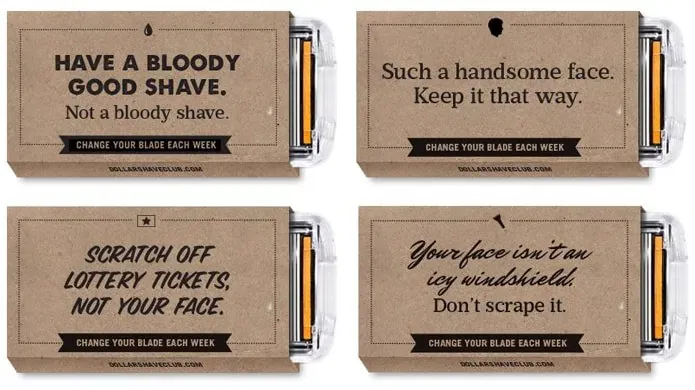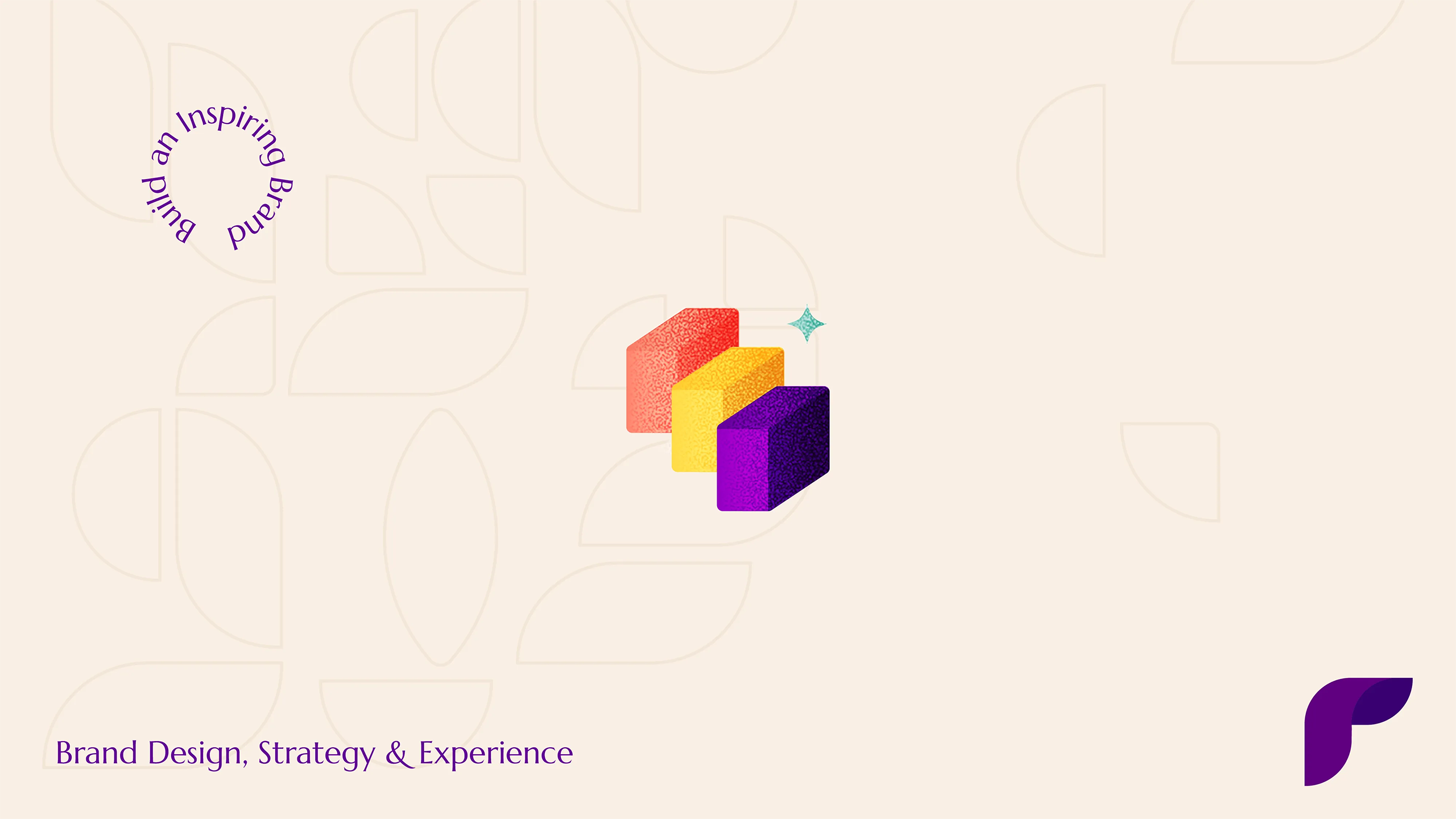The human brain responds to unboxing experiences in ways that mirror the pleasure centers activated during gift-receiving. Research shows that the anticipation of opening a package triggers dopamine release, creating a natural high that brands can strategically leverage. This is even further accentuated when we see influencers on social media viral unboxing and using new products.
When customers encounter multiple layers of thoughtful packaging, their brains experience a series of micro-rewards, each heightening engagement and memory formation.
Tactile experiences with packaging materials can increase brand recall by up to 70% compared to purely visual encounters. (source)
-Studies in consumer psychology
This sensory engagement transforms a simple delivery into a meaningful brand touchpoint. From kids to adults, everyone enjoys these small moments. In some cases, people don’t purchase the product. But the experience they had lingers with them and they recall the brand when the need arises. If anything, word of mouth marketing increases when people discuss the experiences they had with other people.
Inside this article,
How can brands engineer viral unboxing experiences?
Glossier pioneered the social-first packaging approach with their signature pink bubble wrap pouches and sticker sheets. Their success lies in understanding that shareable moments often stem from unexpected details – like their holographic boxes that create rainbow effects perfect for Instagram Stories.

However, viral potential must balance with functionality.
Away Luggage achieves this through their suitcase packaging that doubles as a storage solution, creating practical value while maintaining social appeal.
Similarly, Drunk Elephant’s colorful coordination and mix-and-match packaging system encourages customers to share their “shelfie” moments naturally.
Sustainable innovation
Modern unboxing experiences face the challenge of reconciling social media appeal with environmental responsibility.
Seed revolutionized sustainable packaging with their green cell foam derived from mushrooms, creating an Instagram-worthy moment while maintaining zero-waste principles.
Their welcome kit, housed in a book-like structure made from recycled materials, demonstrates how sustainability can enhance rather than compromise the unboxing experience.
Rothy’s approaches this balance by using packaging materials that are both visually striking and entirely recycled, proving that eco-friendly choices can drive social sharing.
The science of sustainable materials has evolved significantly.
Brands like Pangaia utilize seaweed-based inks and bio-based packaging materials that decompose completely while maintaining premium aesthetics.
Allbirds’ approach to minimalist packaging made from 90% recycled cardboard creates memorable unboxing moments through clever design rather than excess materials. These innovations show that sustainability can become a central part of the shareable moment rather than a compromise.
ROI of thoughtful unboxing
The investment in premium unboxing experiences shows measurable returns. Brands report higher customer lifetime value among customers who share their unboxing experiences on social media. Analysis of user-generated content metrics reveals that unboxing videos generate higher engagement than traditional product photos.
Companies investing in strategic packaging design see an average 25% reduction in return rates, as the elevated experience often justifies premium pricing and builds stronger emotional connections with the brand.
The financial impact extends beyond direct sales. Brands like FabFitFun report that their seasonal unboxing videos generate millions of organic impressions, effectively reducing customer acquisition costs.
Dollar Shave Club’s witty packaging copy and thoughtful presentation contribute to a better retention rate, significantly above industry averages. These metrics demonstrate how strategic unboxing design can transform one-time purchasers into brand advocates.

Also read: Scarcity marketing: Psychology of limited availability in packaging design
Where does digital integration come in?
Smart packaging solutions now enable brands to track unboxing engagement in real-time. QR codes integrated into packaging designs lead to exclusive content, while NFC tags can authenticate products and provide personalized experiences. Beauty brands like Charlotte Tilbury use AR-enabled packaging that triggers digital experiences when scanned, creating additional shareable moments beyond the physical unboxing.
These digital touchpoints provide valuable data on customer engagement patterns and content sharing behaviors. Successful D2C brands recognize that unboxing experiences must resonate across diverse cultural contexts. Nike’s By You program extends personalization to packaging design, while StitchFix tailors unboxing elements based on customer preferences and purchase history.
Cultural sensitivity plays a crucial role – Fenty Beauty adapts packaging messaging and colors for different markets while maintaining core brand elements. Regional celebrations and customs influence seasonal packaging strategies – Sephora’s Lunar New Year collections demonstrate how cultural moments can inspire shareable unboxing experiences.
Furthermore, brands like Function of Beauty showcase how mass customization in packaging can create unique social sharing opportunities. This is done through their personalized bottles and boxes that reflect individual customer choices. Now who wouldn’t want to use products like these that make them feel special?
Also read: The power of packaging design: How it can shape your brand perception
Conclusion
The future of unboxing experiences lies in the intelligent integration of psychology, sustainability, and measurable impact. Successful brands will continue to innovate in ways that create authentic shareable moments while respecting environmental responsibilities.
The rise of biodegradable smart materials and enhanced digital integration suggests that unboxing experiences will become increasingly sophisticated, driving both social engagement and brand loyalty. As consumer expectations evolve, the ability to create meaningful unboxing experiences will remain a crucial differentiator.
The most successful unboxing strategies will be those that understand their audience’s values, balance viral potential with practical functionality, and maintain clear metrics for measuring success. By treating each package as a potential micro-marketing moment, brands can transform routine deliveries into powerful tools for growth and customer connection.




